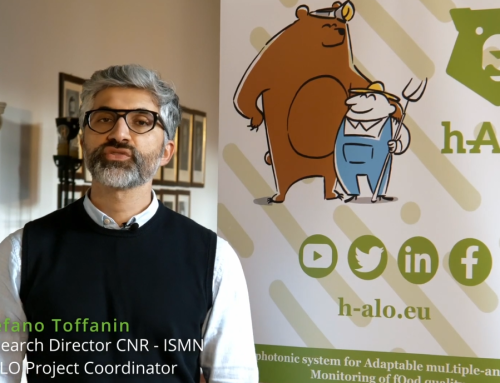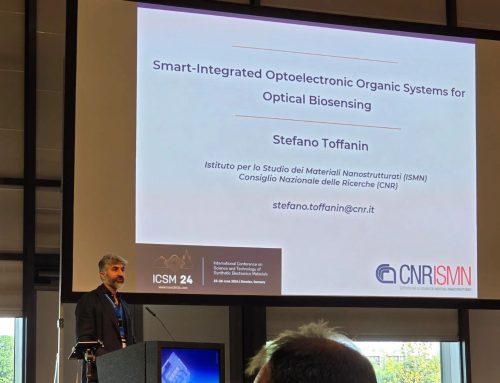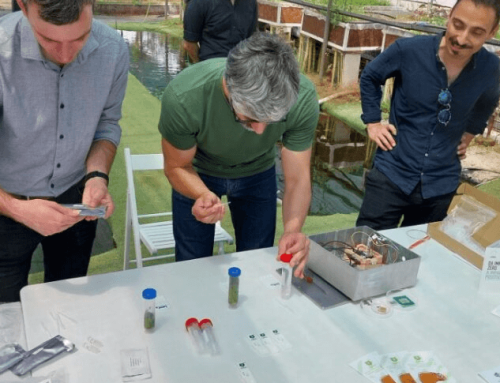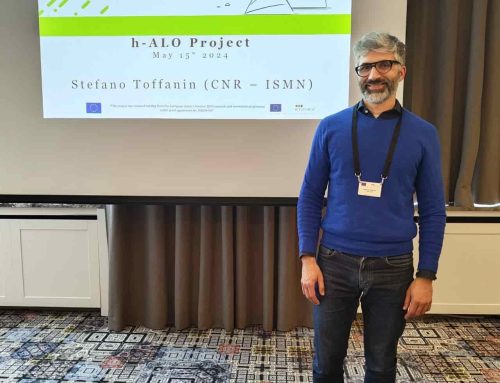13 March 2023
Food fraud is the deliberate substitution, addition, tampering, or misrepresentation of food, ingredients, or packaging, for economic gain. Some examples of food fraud include the dilution of olive oil with cheaper oils, the mislabelling of fish, and the substitution of cheaper ingredients for more expensive ones. Food fraud can have serious consequences for both consumers and the food industry.

Unsplash
There are several types of foods and beverages that are more susceptible to food fraud due to their high value, ease of substitution, or lack of regulation. Some examples include:
- Olive oil: Olive oil is one of the most common fraudulent food products, with cheaper oils often being added to dilute high-quality olive oil.
- Fish: Fish species are often substituted for less expensive or more readily available species, and mislabelled to pass them off as more expensive fish.
- Honey: Honey can be adulterated with cheaper sweeteners such as high-fructose corn syrup.
- Milk: Milk can be watered down or mixed with other substances to increase volume.
- Wine: Wine can be blended with cheaper wines, or diluted with water, and then relabelled or misrepresented as a more expensive vintage or brand.
- Organic foods: Organic foods are often more expensive than conventional foods, and the lack of regulation can lead to fraud.
- Spices: Spices can be mixed with cheaper or less desirable ingredients, such as sand or sawdust, to increase weight and profits.
- Coffee: Coffee beans can be mixed with cheaper beans or other substances, such as twigs, to increase weight and profits.
- Meat: Meat can be adulterated with other meats, or meat products, like soy protein, to increase weight and profits.
These are just a few examples, but food fraud can occur in any food or beverage product. It’s important for consumers to be vigilant and to look for signs of fraud, such as unusual packaging or labelling, and to report any suspicious activity to the appropriate authorities.
Food safety, on the other hand, refers to the measures taken to ensure that food is free from harmful contaminants, pathogens, and other hazards. This can include practices such as proper food handling and storage, regular inspections of food facilities, and monitoring for outbreaks of foodborne illness.
Both food fraud and food safety are important issues that have significant implications for public health and the economy. Food fraud can be difficult to detect and prevent, as it often involves the use of sophisticated methods to conceal the fraud. In the h-ALO Project, we are working on the development of a new kind of photonic sensor able to immediately and easily detect these kinds of fraud.

Unsplash
Also, to combat food fraud, governments and industry organizations have implemented a number of measures, including the use of DNA testing and traceability systems to track food products from farm to table. Additionally, many countries have implemented strict regulations and laws to ensure food safety and penalize those who engage in food fraud.
Consumers can also play a role in preventing food fraud by being aware of the risks and taking steps to protect themselves. This can include buying food products from reputable sources, reading labels carefully, and being sceptical of deals that seem too good to be true.
In conclusion, Food fraud and food safety are important issues that have significant implications for public health and the economy. It’s important for consumers, government, and industry organizations to take steps to prevent food fraud and ensure food safety by implementing a number of measures, including the use of DNA testing, traceability systems, and strict regulations and laws. And also, individuals can play a role in preventing food fraud by being aware of the risks and taking steps to protect themselves.
Have you ever experienced or discovered food fraud? Let us know in the comments!






Leave A Comment